Wood is going to expand and contract. You can't stop it. But you can learn how to avoid the problems caused by wood movement.
Why Wood Moves and Why You Need To Know
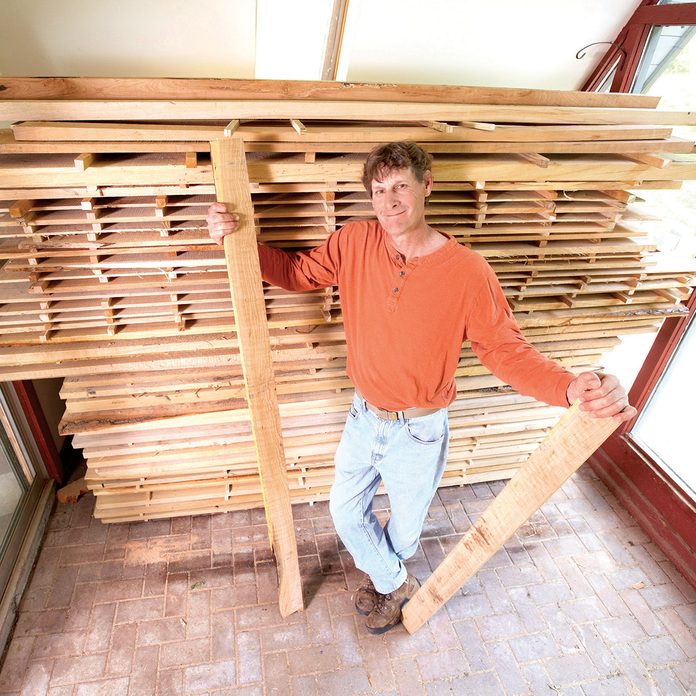
Why Does Wood Move?
When humidity is high, wood absorbs moisture and swells. When humidity drops, wood shrinks. This “movement” is gradual, so you probably won’t notice weekly changes. But seasonal changes cause problems you can’t miss, like sticking doors, ugly gaps in woodwork or a crack in a tabletop. This movement occurs whether wood is fresh from the mill or centuries old, whether it was kiln dried or air dried, and it can exert a tremendous force that is almost unstoppable. But with a little knowledge of wood movement, you can minimize its potential consequences. Here we will explain the basics of wood movement and show you real-world solutions to the problems that it can cause.
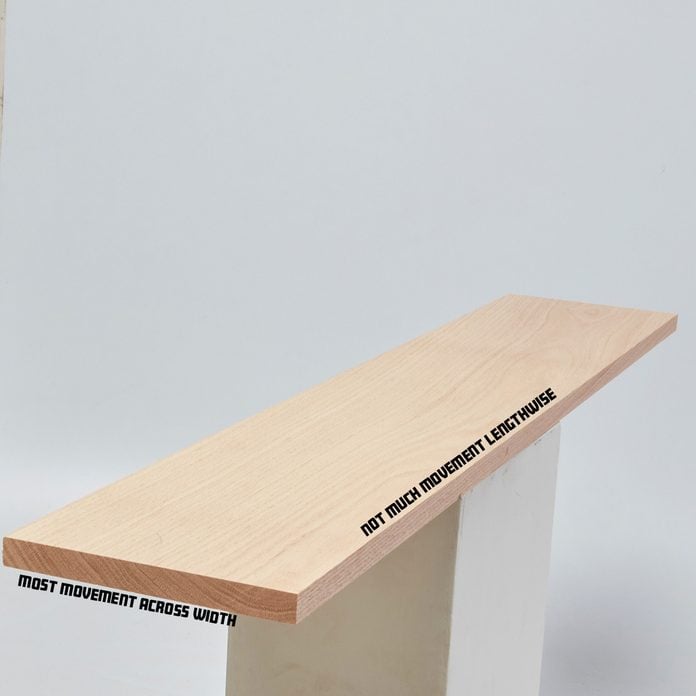
Width Movement is the Main Issue
Wood moves as its moisture content changes. Wood doesn’t move much lengthwise, so you don’t have to worry a lot about boards getting shorter. But a board can move quite a bit across its width. A board that’s 6 inches wide during a humid summer might shrink by 1/32 of an inch in winter. That’s not much, but it’s enough to cause a crack in a tabletop or create gaps between floorboards.
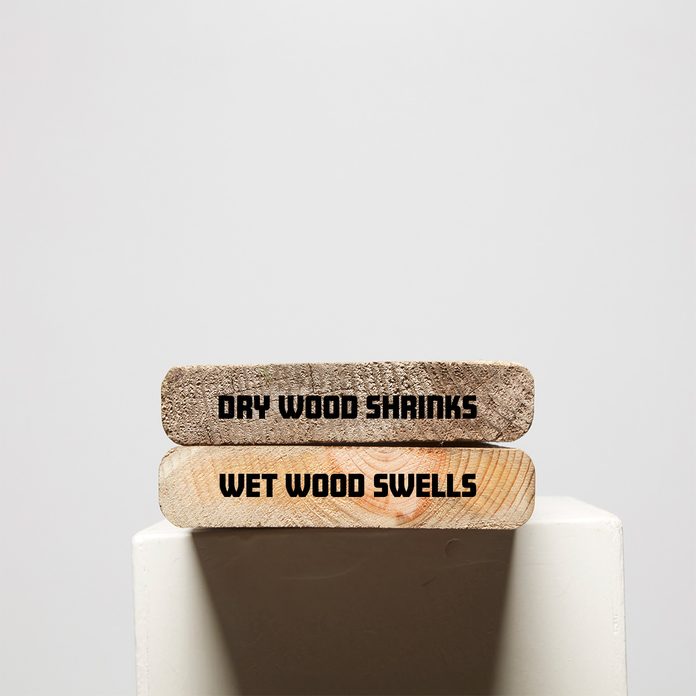
Movement is Caused by Moisture Content
When wet wood dries, it shrinks. The amount of movement is determined by the type of wood and the degree of change in its moisture content. Applying a sealer or paint can moderate wood movement. But it’s nearly impossible to seal wood so completely that its moisture content stays exactly the same.
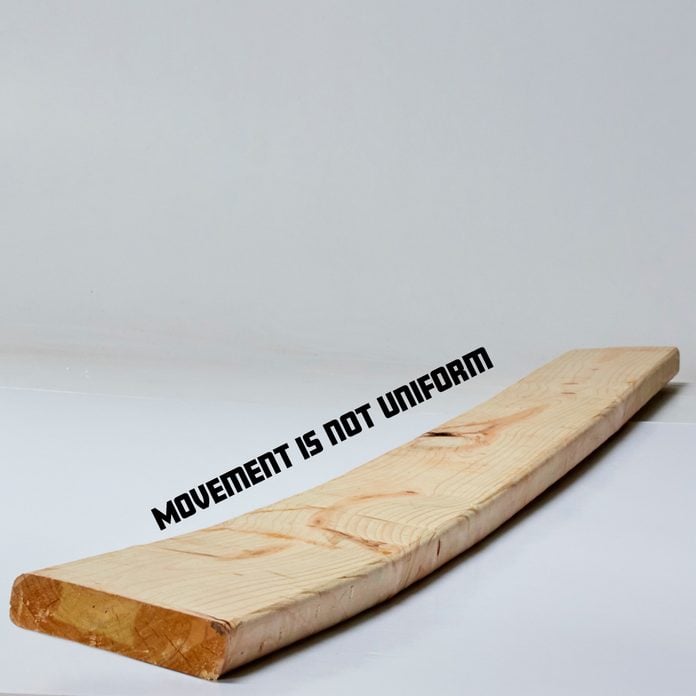
Wood Can Also Change Shape
Movement within a board isn’t uniform; one section might move more than another. That leads to warping, twisting and cupping. Most of these changes happen in the initial drying phase, but wood can change shape later, too.
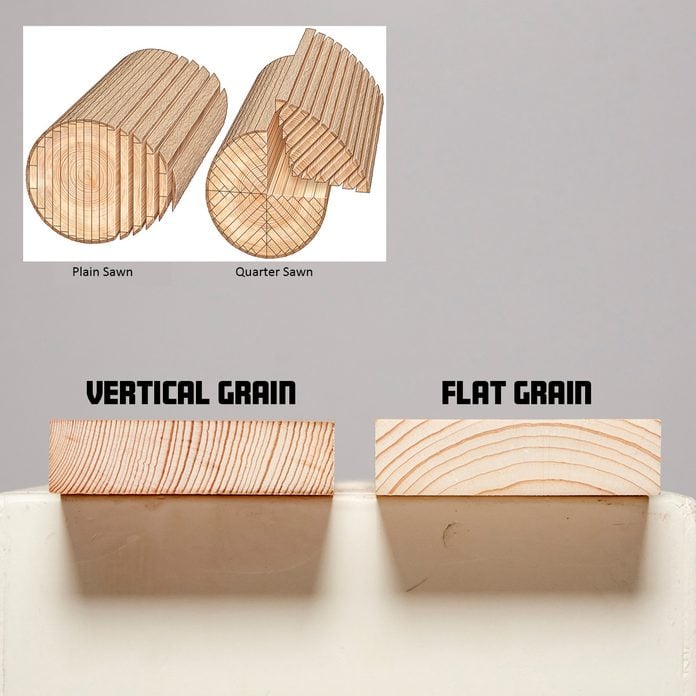
Vertical Grain is More Stable
How a board is cut from the log also affects how much it moves. Quarter-sawing yields “vertical-grain” boards, while plain-sawn boards have “flat grain.” Inspecting the grain pattern on the end of a board will reveal whether the board has vertical grain or flat grain. A flat-grain board will move about twice as much as a vertical-grain board with the same change in moisture content. But because cutting quarter-sawn lumber is much less efficient, vertical-grain boards are expensive and can be hard to find.

Avoid Miters Outdoors
Miter joints hide end grain and look more refined. But the effect is ruined when the miters don’t meet tightly. Huge changes in humidity, and wetting and drying from rain and sun, cause wood to move more outdoors than it would indoors. So whereas a miter joint will look good for decades indoors, it may start to look really bad after only one season outdoors. That’s why it’s usually better to avoid miters outdoors whenever possible. Use a butt joint instead.
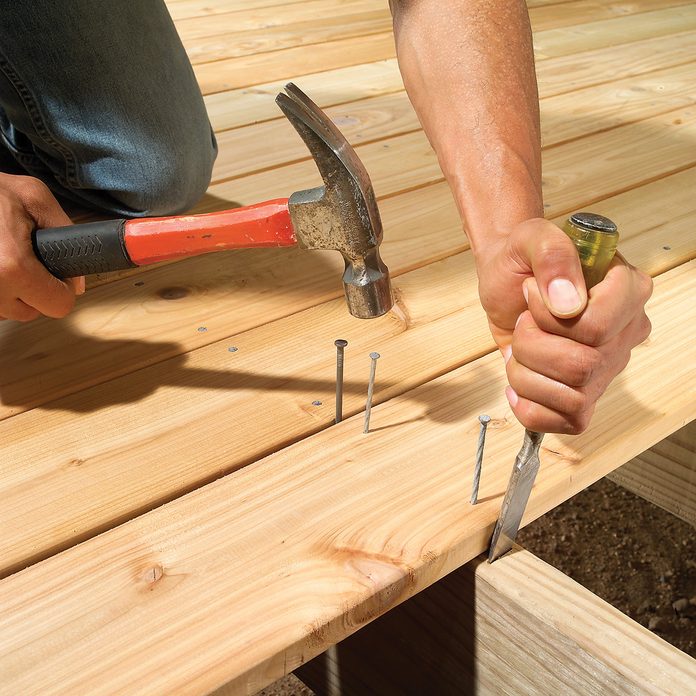
Plan for Deck Board Movement
Deck boards can shrink or expand after they’re installed, depending on how much moisture they contained when you fastened them down. To allow for this, space wet treated boards with a 16d nail (1/8 of an inch) and dry boards such as cedar decking with a carpenter’s pencil (5/16 of an inch).
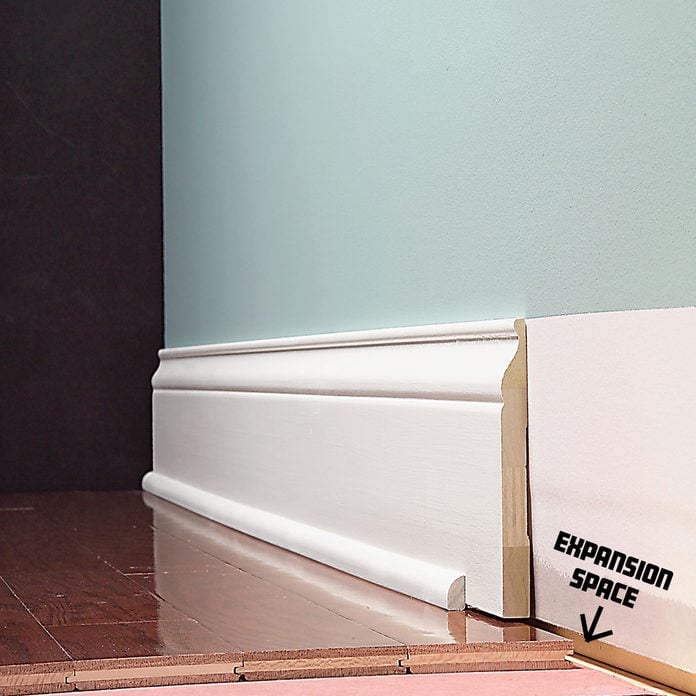
Allow Expansion Space for Wood Floors
If you’re installing an engineered wood floor, follow the instructions carefully—they include all the information you need about spacing. In general, floating wood floors that aren’t nailed or glued down require about a 1/2 an inch space around the perimeter and enough clearance at thresholds, doorjambs and other obstructions to allow movement. Solid wood floors also require at least a 1/2-inch-wide expansion space around the perimeter.
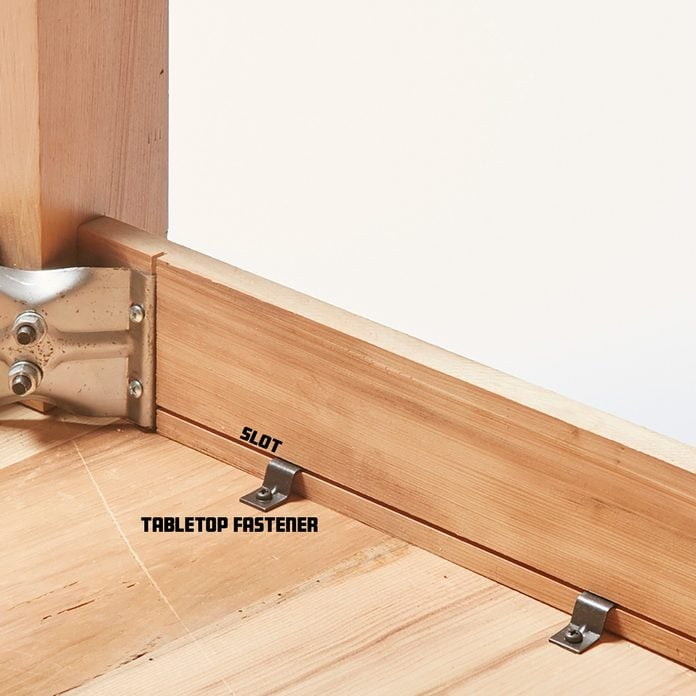
Let Tabletops Float
One of the most common errors that beginning woodworkers make is to securely fasten wood tabletops to the underlying frame. Tabletops tend to be wide, and wood moves a lot across its width. Restricting the movement with screws or nails can cause the top to crack as it shrinks. To avoid this, use special tabletop fasteners or some other method that holds the top down but still allows the top to expand and contract.
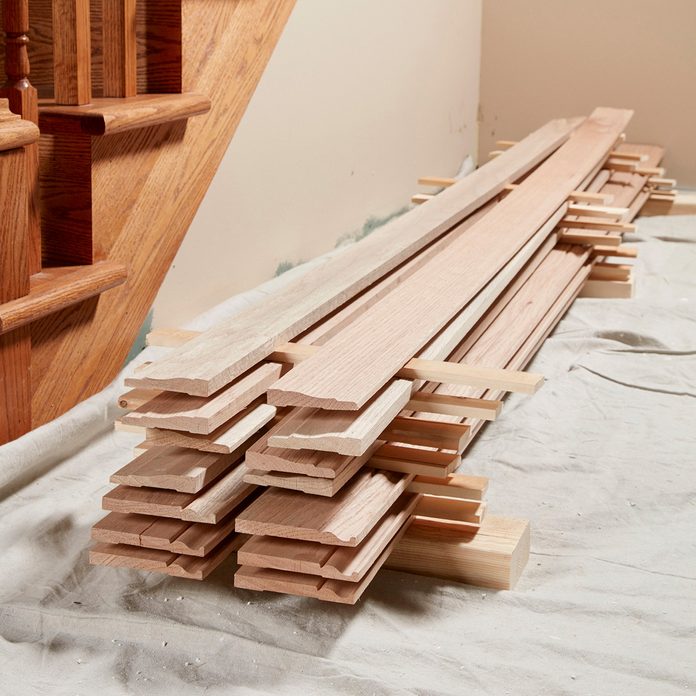
Let Wood Acclimate
Since the relative humidity of your indoor space may be quite different from the humidity where your trim or flooring was stored, you should always allow time for the material to acclimate. The wider and thicker the trim or flooring boards are, the longer you should leave them in the space before installation. Thin, narrow trim may only take a day or two to reach equilibrium with the room’s relative humidity. Wide or thick boards should be left in the room for at least four days before you install them. Of course the trim or flooring will still move a little after it’s installed, but at least most of the change will have occurred beforehand.
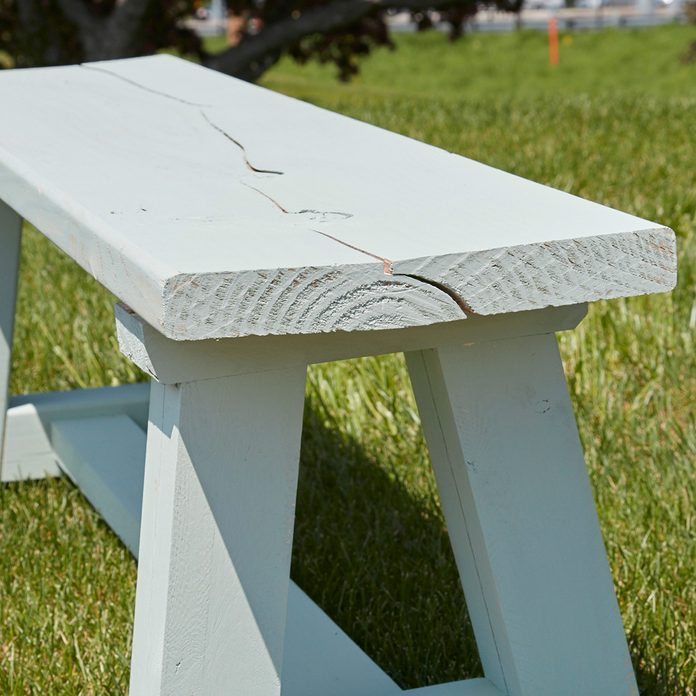
Avoid Wide Boards
Of course there are times when you have to use a wide board or you want to use one because it looks better. But always be aware that movement in wide boards, whether it’s cupping, twisting or something else, will be more pronounced than in two or more narrower boards. Gluing several narrow boards together will result in a more stable tabletop than gluing two wide boards together. Here we’ll show you how to use wood clamps like a master.
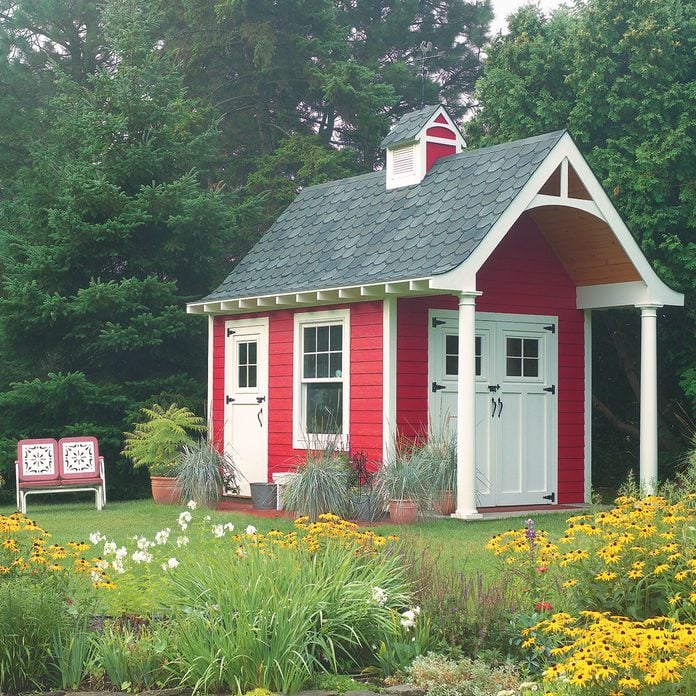
Manufactured Wood Holds Paint Better
If you’re planning to paint an exterior project, consider building it from a manufactured product rather than solid wood. Wood movement requires the paint to flex constantly, and eventually the paint cracks and peels. Manufactured wood substitutes from companies like Louisiana-Pacific, AZEK or James Hardie are more stable than solid wood. And because these products move less, they provide a better surface for paint.
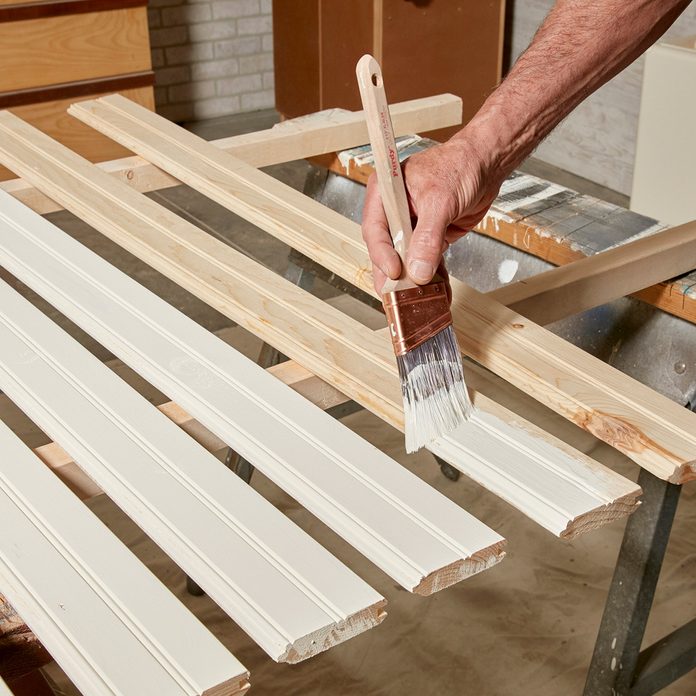
Pre-Finish Tongue-and-Groove
As tongue-and-groove boards expand and contract, the spaces between them change a little. If you don’t prefinish the boards, you’ll see exposed raw wood on the tongue when the boards shrink. But finishing the boards before you install them will solve this problem. Just be careful to avoid a buildup of finish in the groove; it could make the boards hard to fit together.
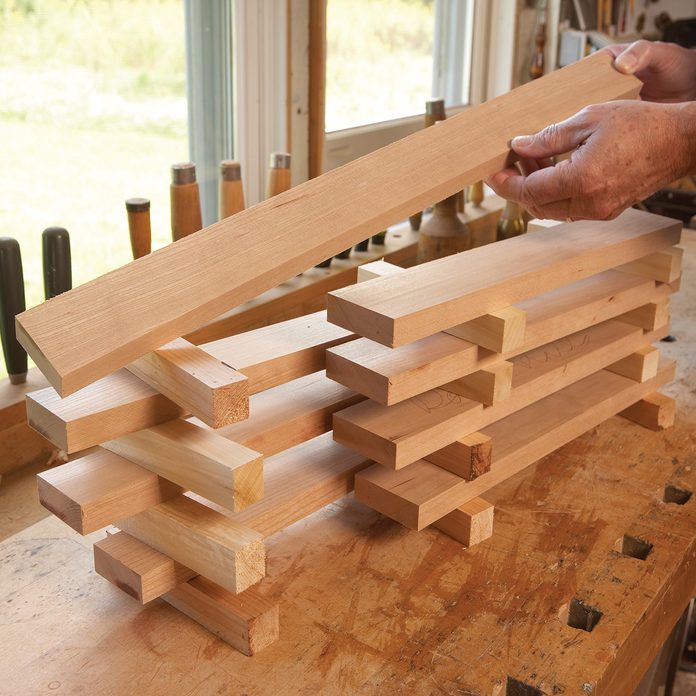
Let Parts Warp Before Assembly
When you go to all the trouble to build cabinet doors, you want to make sure they aren’t going to warp or twist after assembly. One way to prevent this is to cut your parts then stack them with spacer boards (stickers), and let them acclimate for about 24 hours before building the doors. Be sure to cut extra parts so you can replace any boards that warp.


















